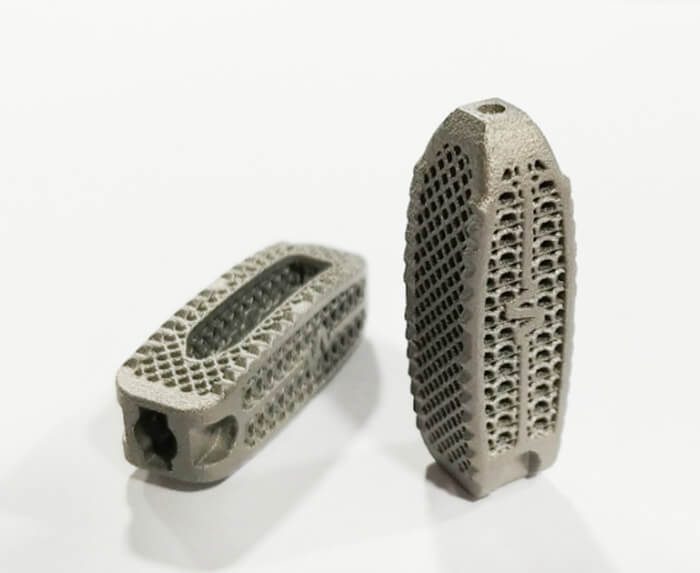3D Printing is Changing Medical Implants
(2024年02月21日)https://www.eplus3d.com/3d-printing-is-changing-medical-implants.html
Additive manufacturing has been applied to produce medical 3D printed implants for almost 20 years. Relying on medical scanning and imaging technology, Additive Manufacturing is increasingly widely used in the medical field. 3D printing technology has allowed implant manufacturers to create complex geometries that copy the shape and function of natural organ, and to produce these items on an accelerated timeline.
Additive manufacturing’s role in the medical field is still developing. 3D printing is not just an alternative method for manufacturing organ; it is actually reshaping what implants can do, and how patients can be treated.
Here are four ways that 3D printing is changing medical 3D printed implants:
1. Accelerating product development.
3D printing allows for the creation of new kinds of geometries, such as tiny holes to encourage blood vessels in-growth on a spine implant. The technology offers not only the capability to create and test these geometries, but to prototype them using the intended manufacturing process and to do much quickly. When the right design is create, the 3D printed implants can go into production right away.
The tiny holes in the cages encourage blood vessels in-growth on the spine implant.
2. Making custom implants more accessible.
Proven production technology makes another advantage with 3D printing : Custom 3D implants can likewise be developed and produced much more quickly. Patient-specific cranial plates are mainly used to replace absent portions of cranium for reconstructive surgery, to shield the unprotected brain from external impact, pressure, and infections. Compared with conventional CNC machining method, the benefits of 3d printed titanium cranial plates are mainly as follows: shorten the lead time, the implant can be manufactured within 1-2 days. The porous structure is similar to human bones, which can effectively overcome the common problems of stress shielding and low biological activity of 3D implants, and at the same time minimize the heat dissipation in the cranial cavity and maintaining a normal thermal conductivity. Shorten the lead time, the 3D printed implants can be manufactured within 1-2 days.
3.Creating new opportunities with biocompatible materials.
3D printing technology offers new ways of working with common implant materials. Researchers in Australia have proven out a process for the 3D printing of stents made from nitinol, a shape memory alloy that will resume its intended geometry after deformation; the material is already used for arterial stents, but the ability to apply it with 3D printing could enable more sizes and configurations to made easily. Polymers and other materials can benefit from additive manufacturing as well; bioceramics used as support structures and artificial bone graft can be 3D printed into precise geometries to fit a patient’s anatomy for example, rather than having to be packed manually by the surgeon. The ability to 3D print with nitinol will allow stents like these to be made in greater varieties to suit more patients.
4. Recover quickly and have better health outcomes.
The ability to create custom 3D implants for specific patients has added benefits during the course of treatment. Conventional bone screws have a solid construction. Human bones, however, have varied shapes and sizes and also differ in density among individuals. Additionally, human bones are hollow and contain bone cells. A solid bone screw easily triggers rejection and prolongs recovery. To address this, 3D-printed cannulated screw can be introduced to create customized bone screws. Patients therefore recover more quickly and have better health outcomes.
If you need any kinds of additive manufacturing equipment, please contact us, as a professional additive manufacturing equipment supplier, E plus3D is willing to offer you high quality products.

- «前のできごと |
- 次のできごと»
- このできごとのURL:



コメント